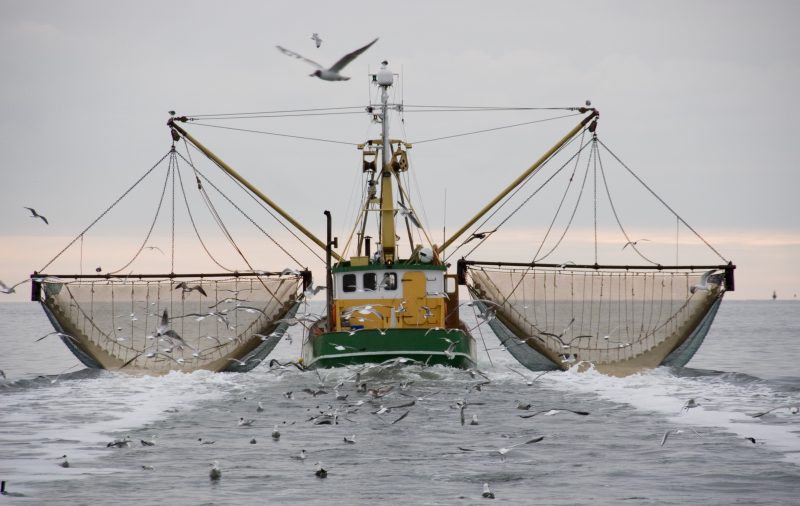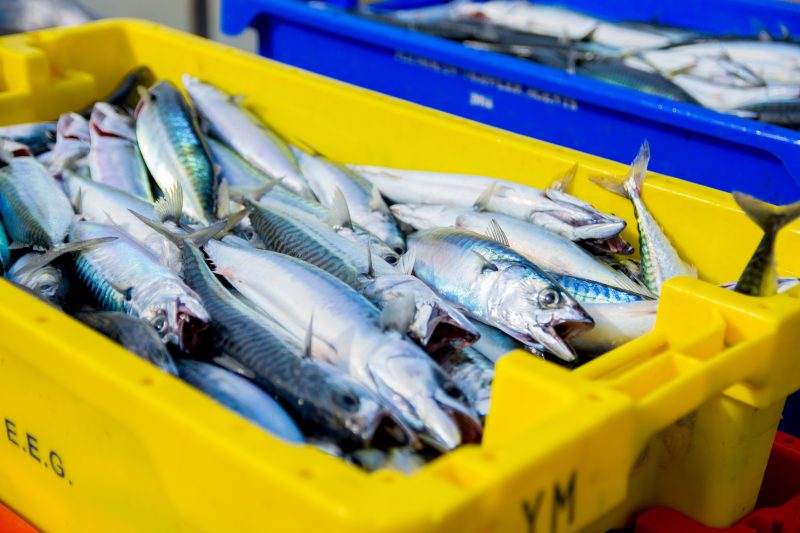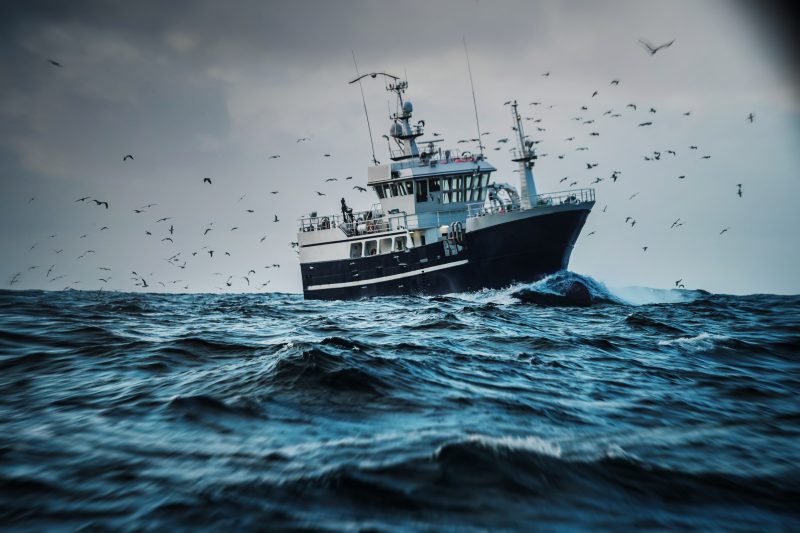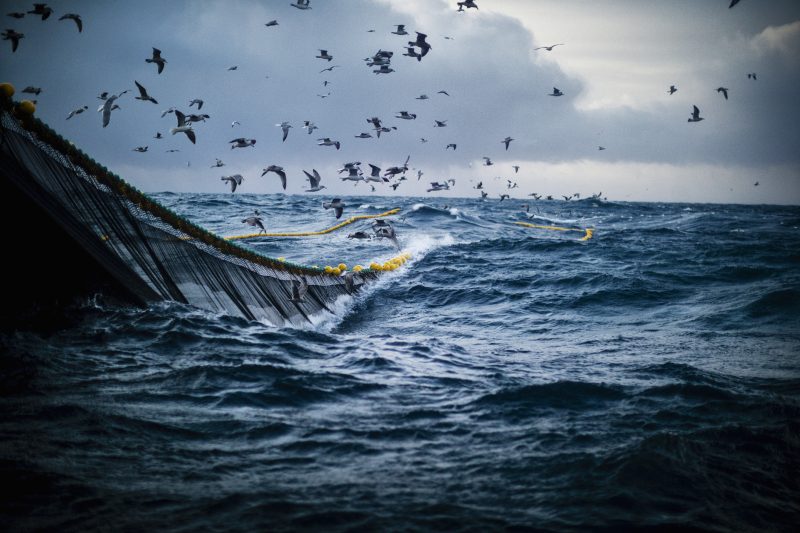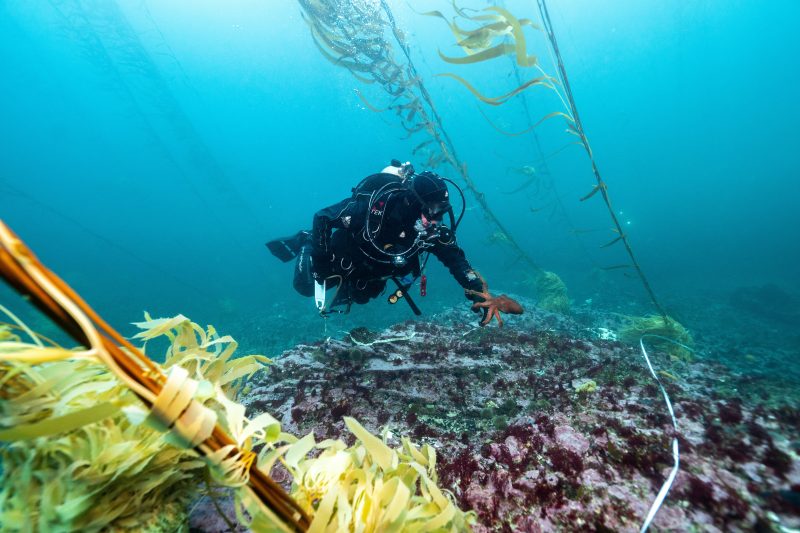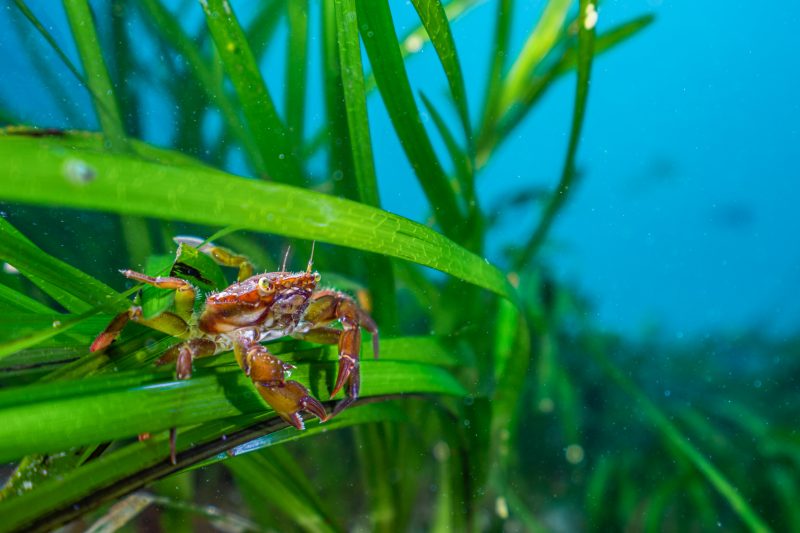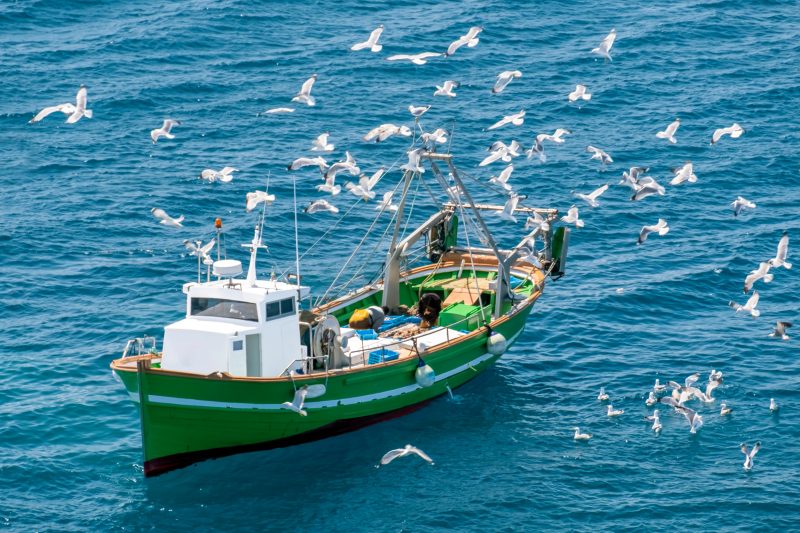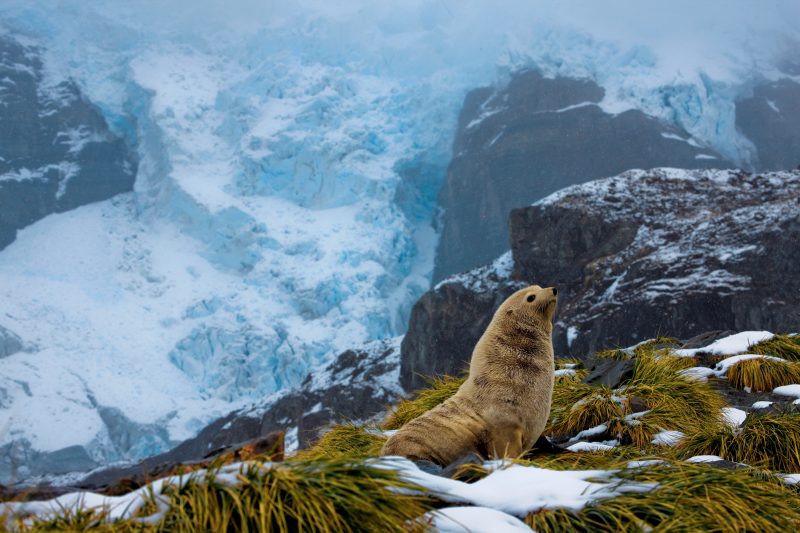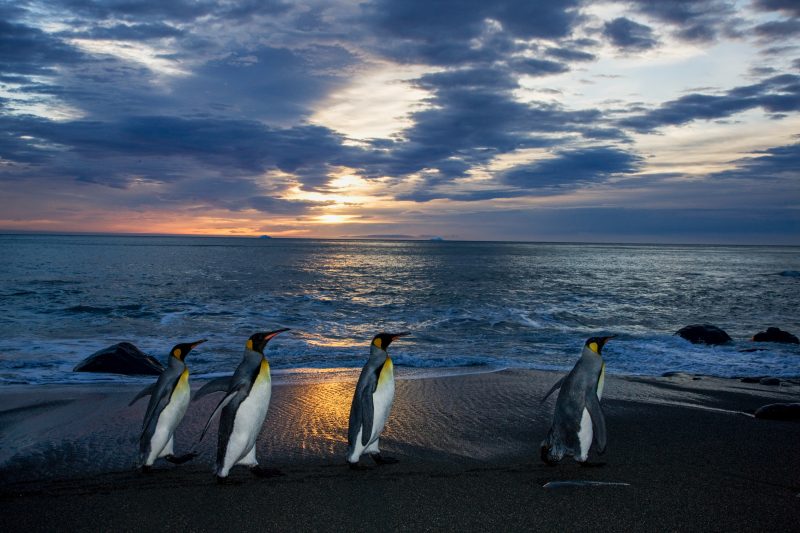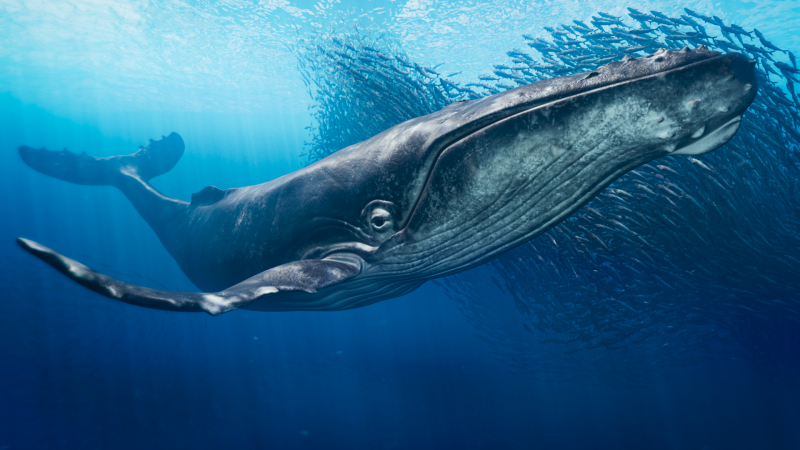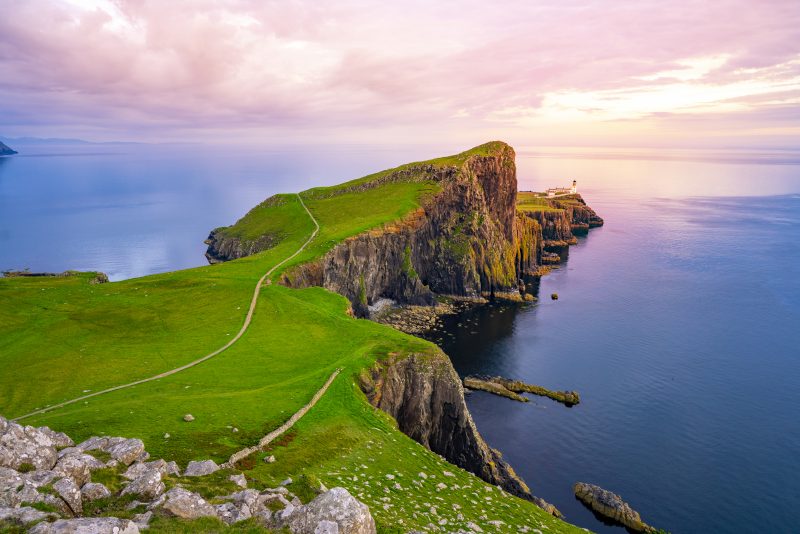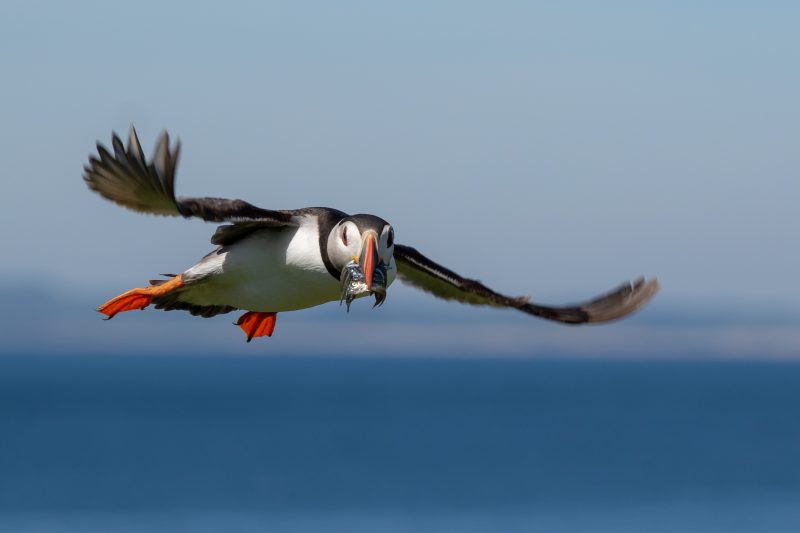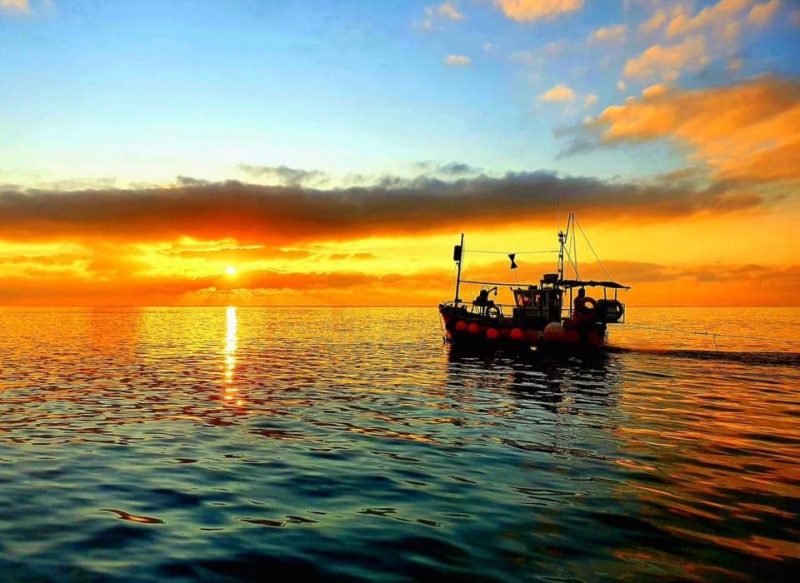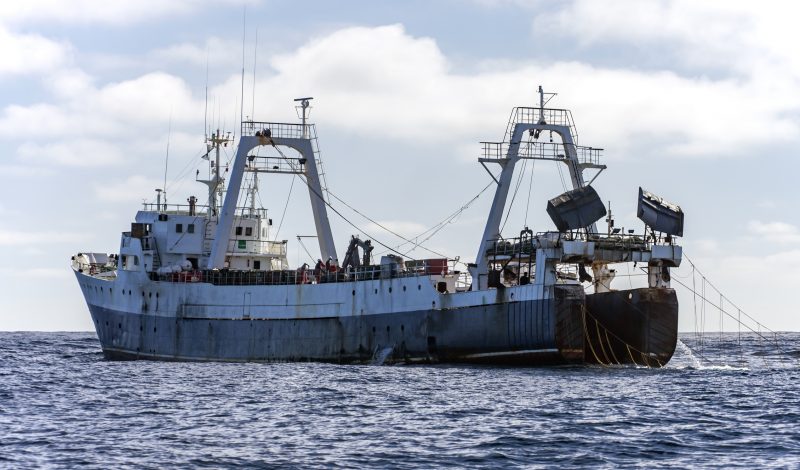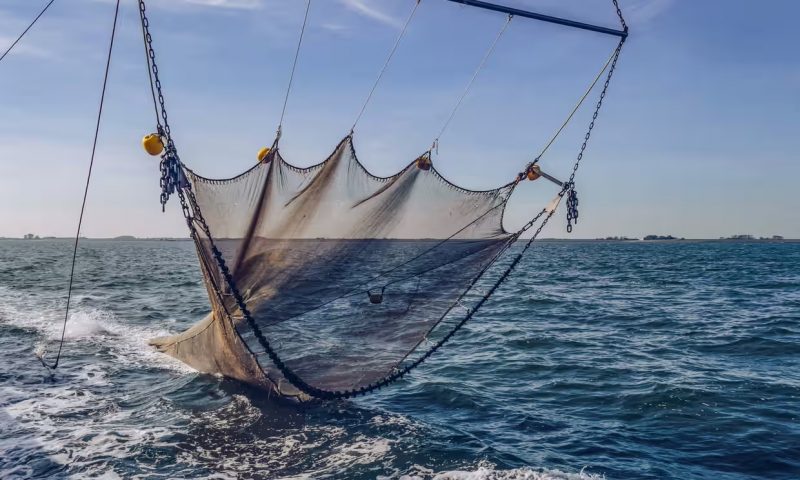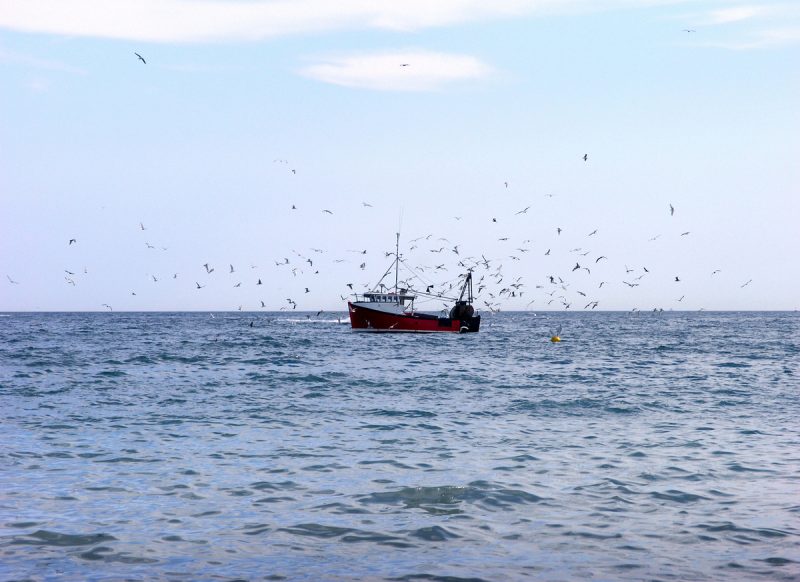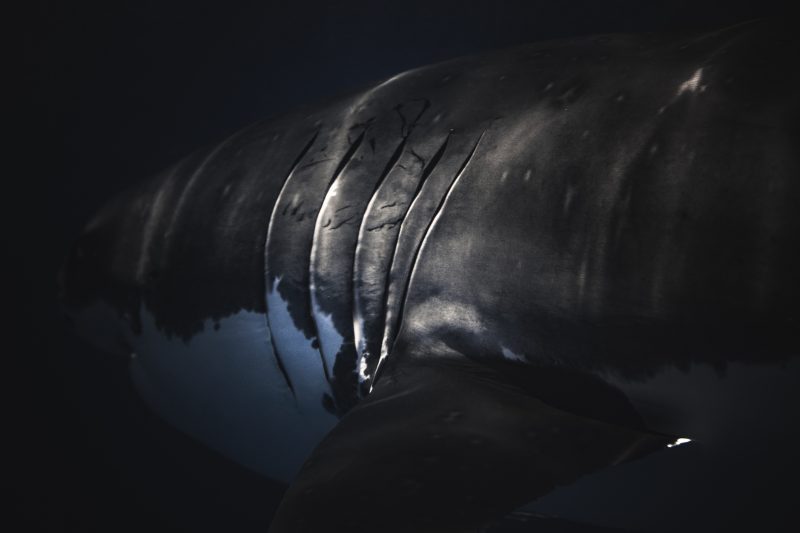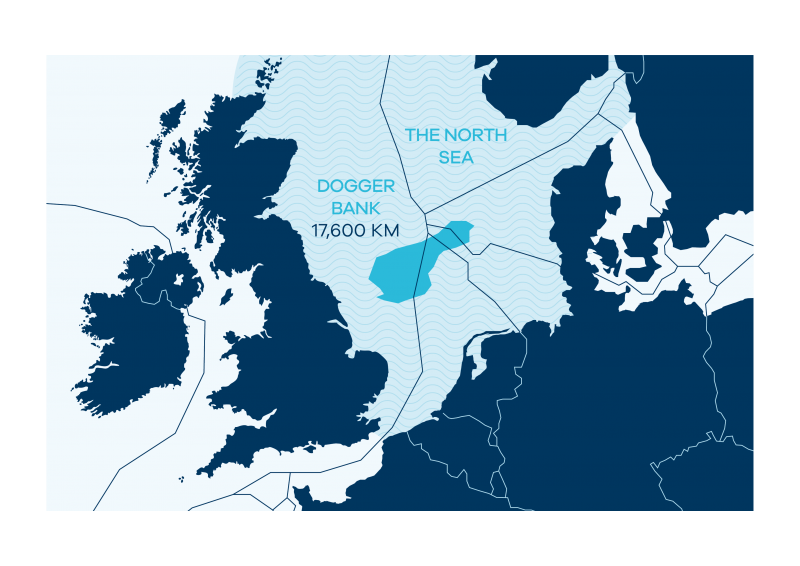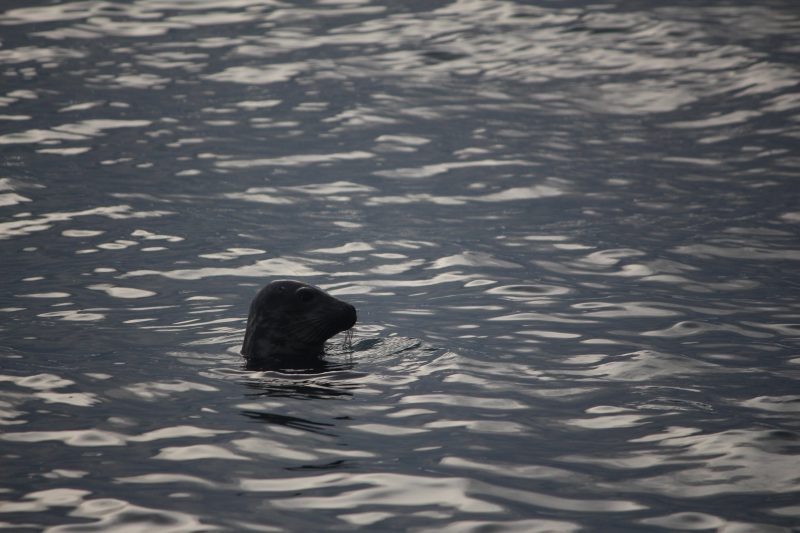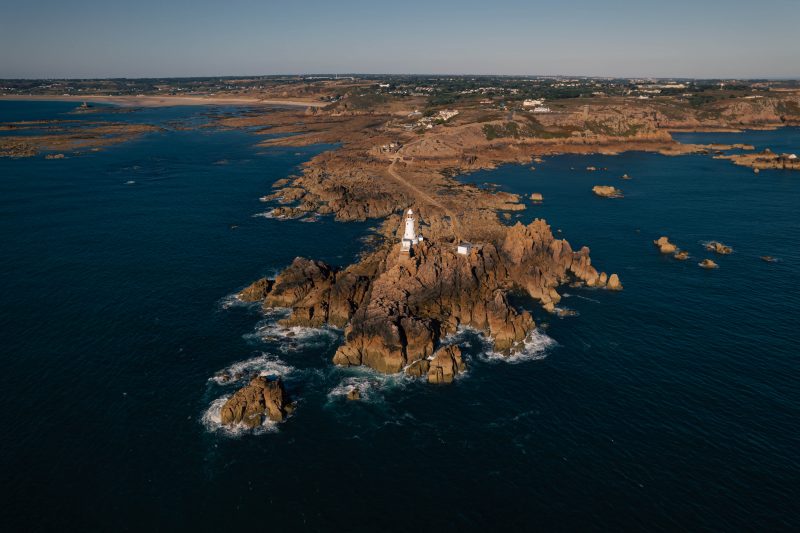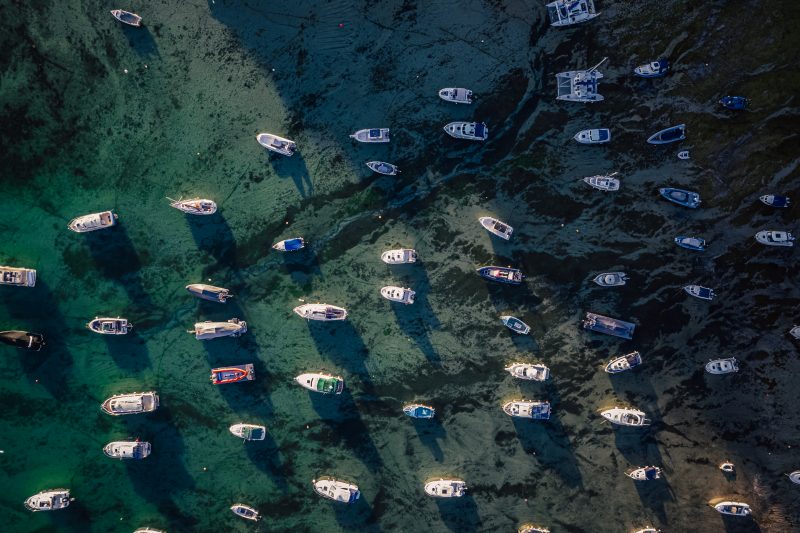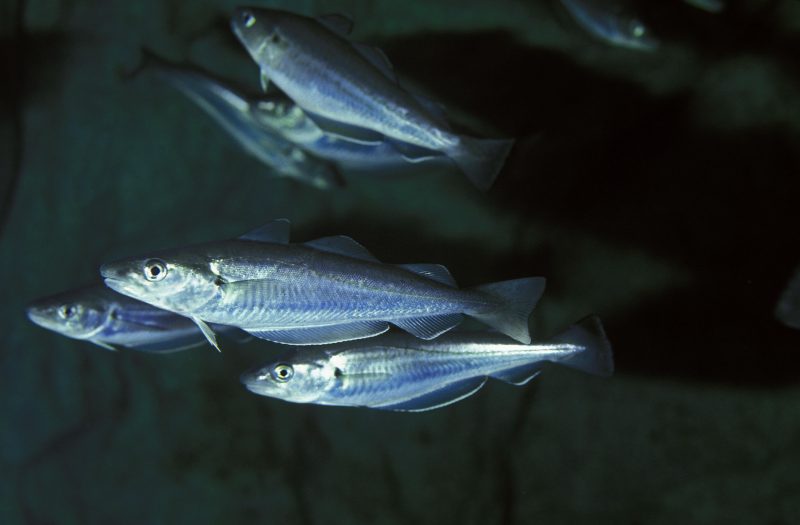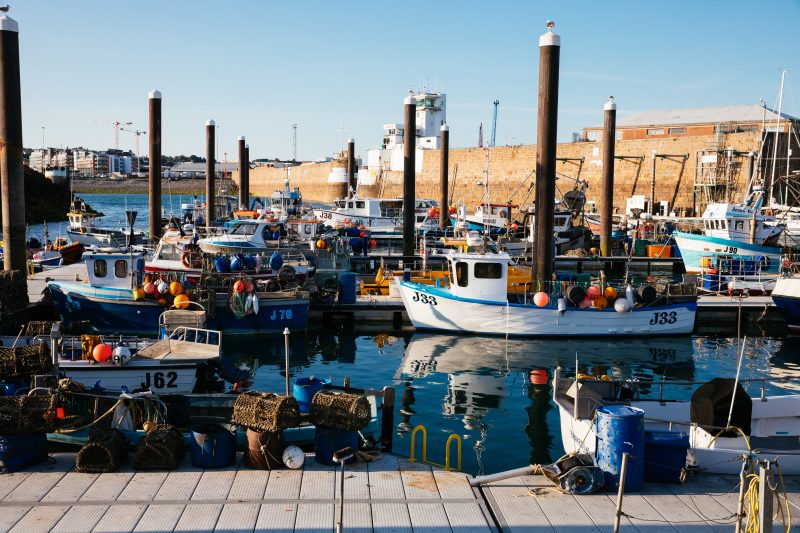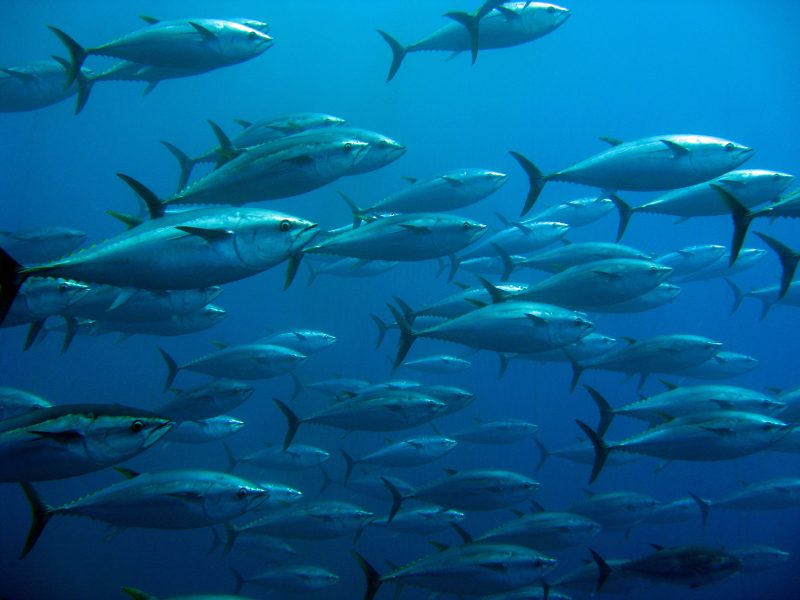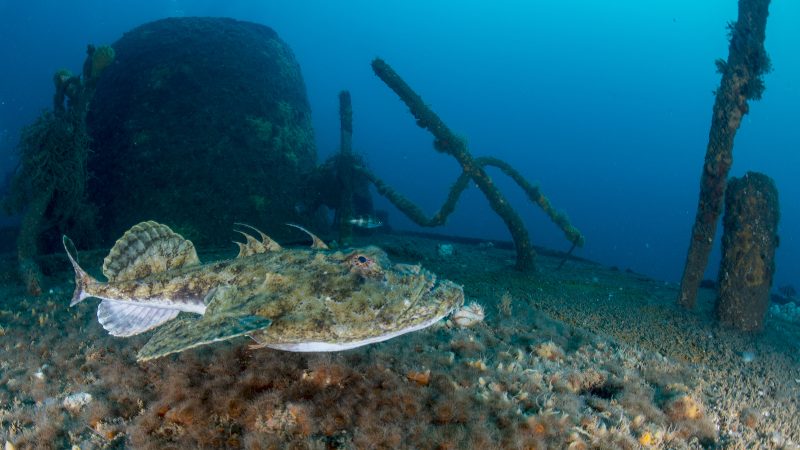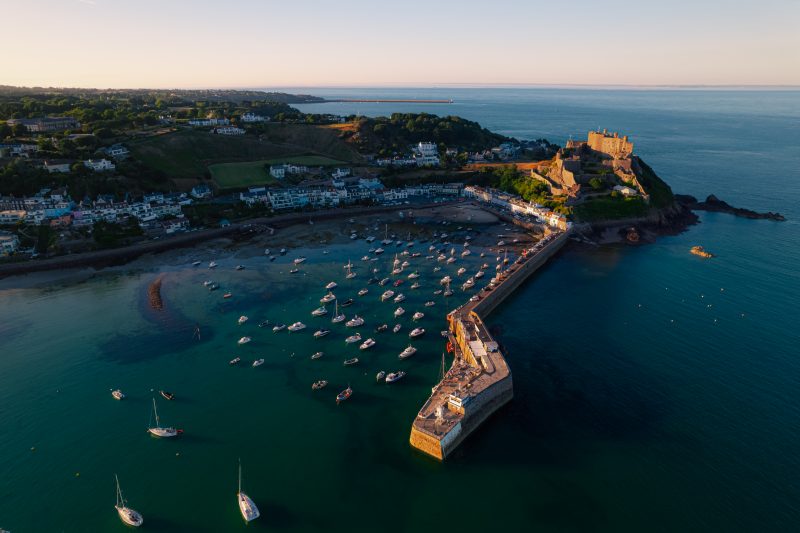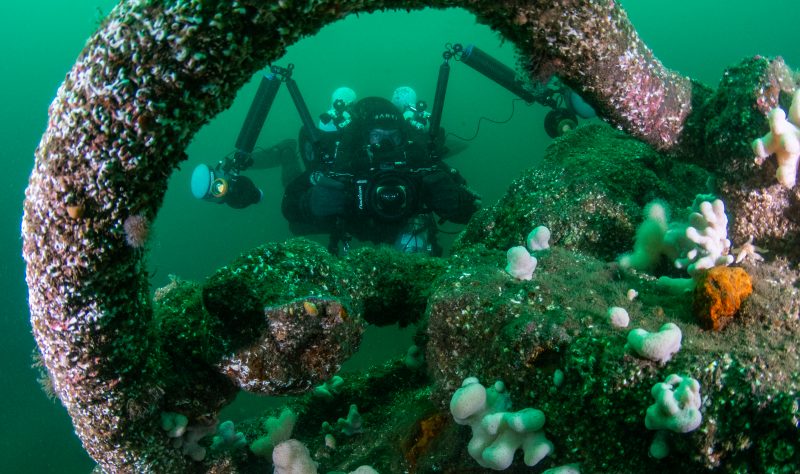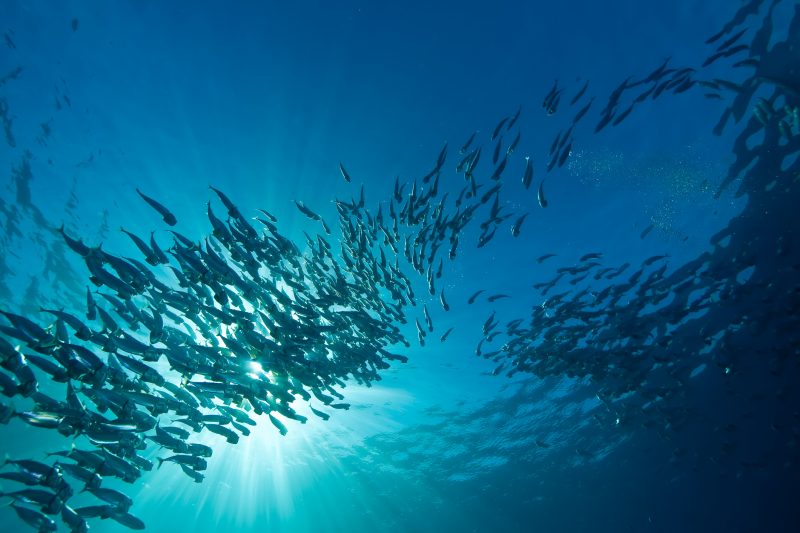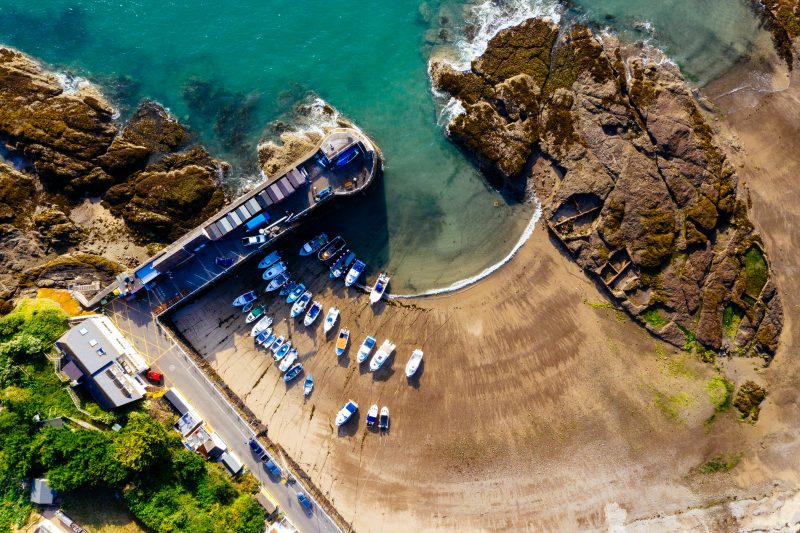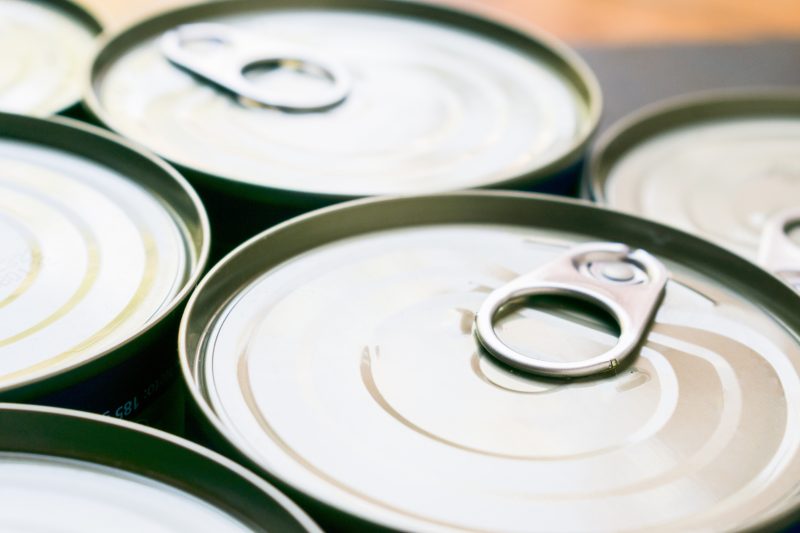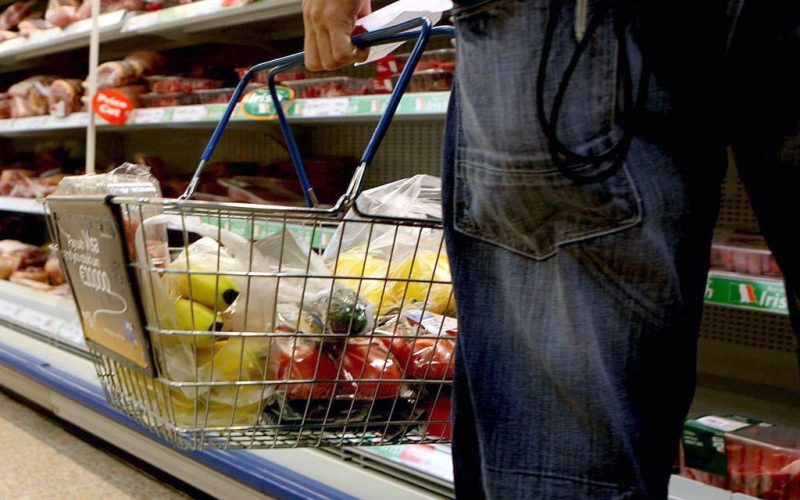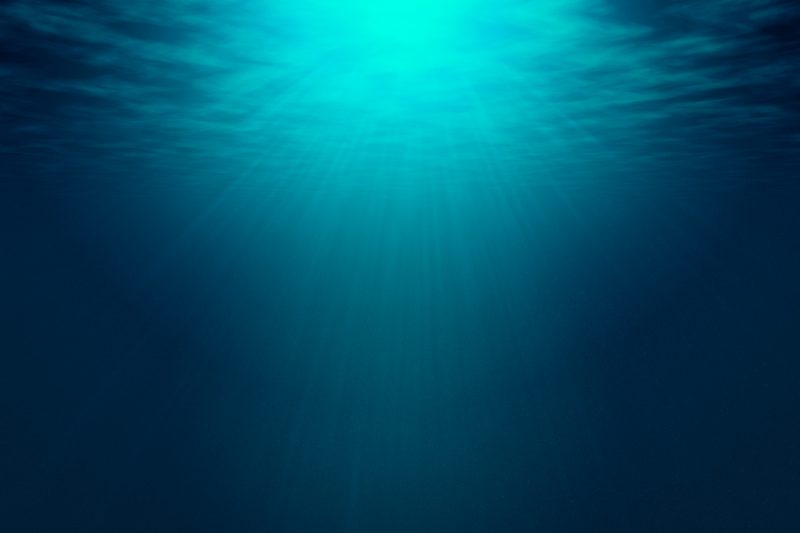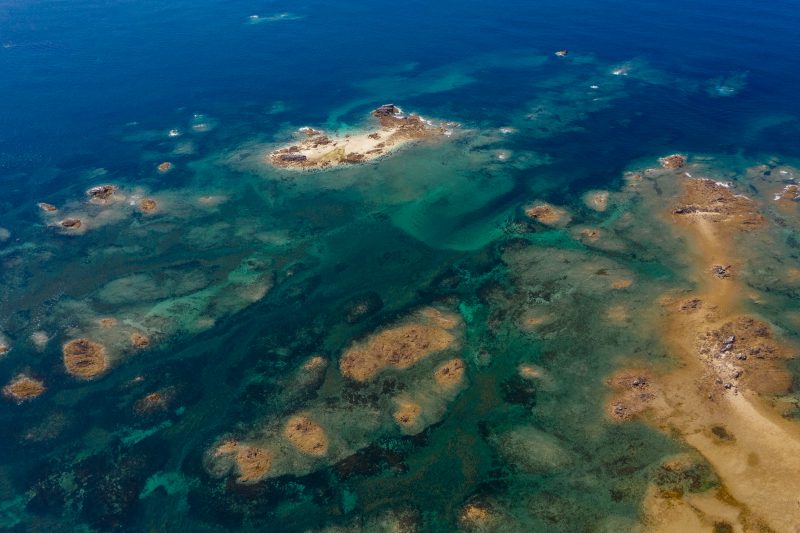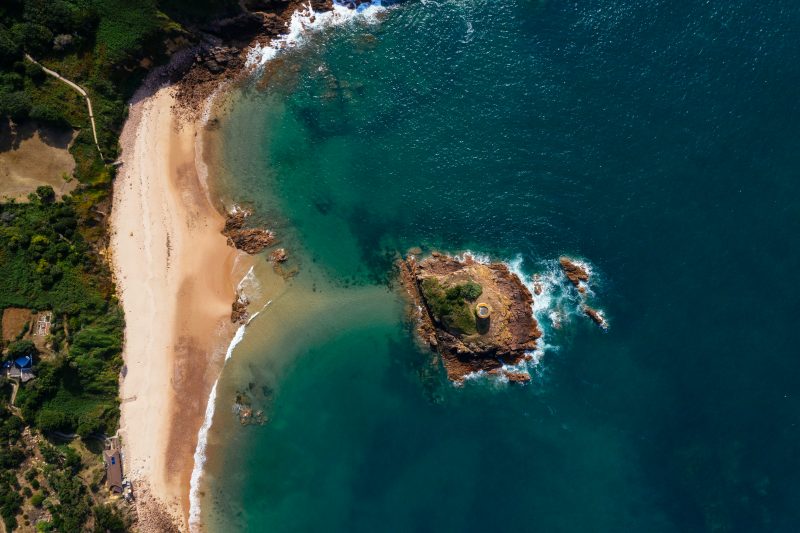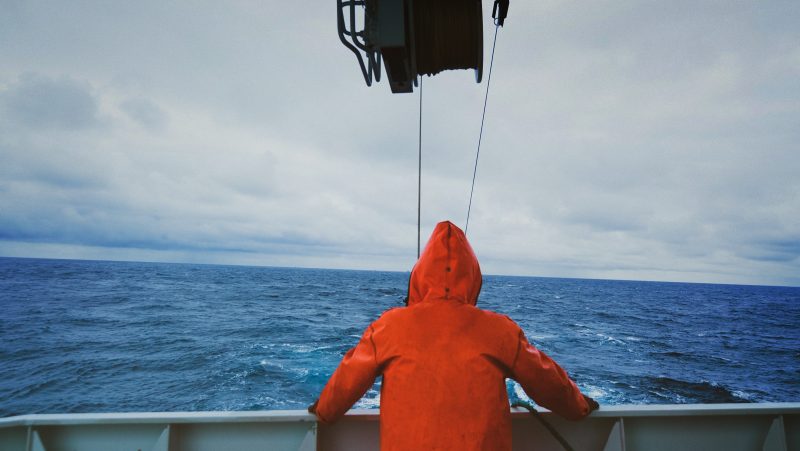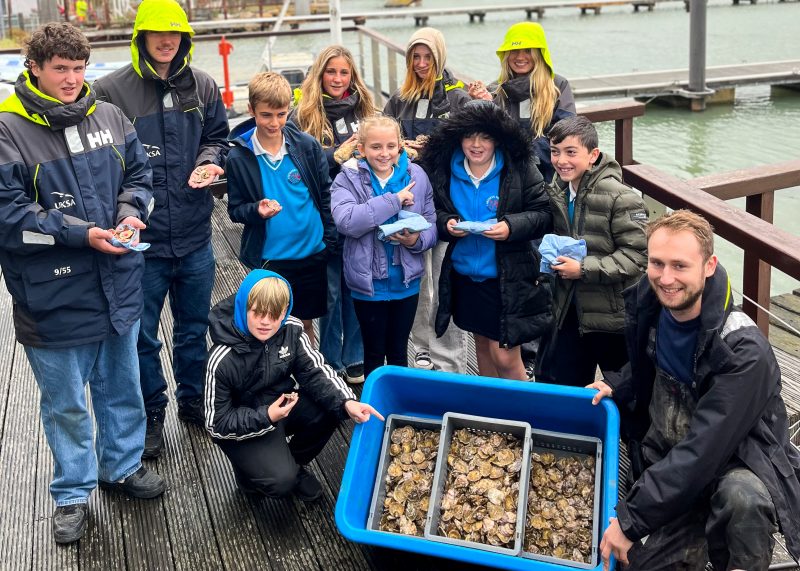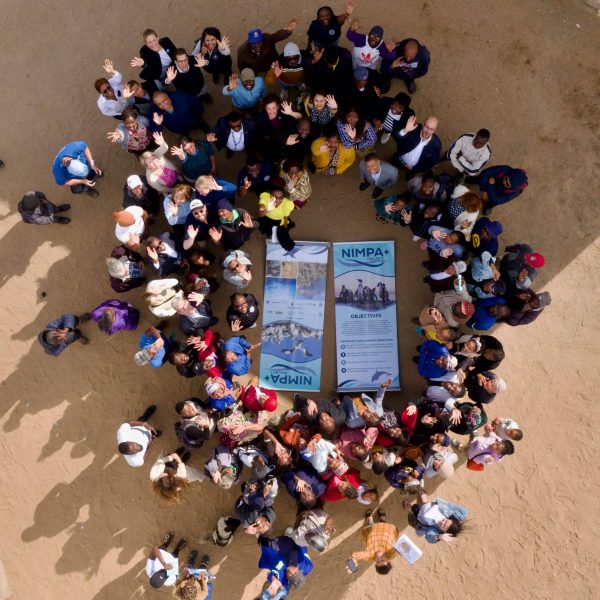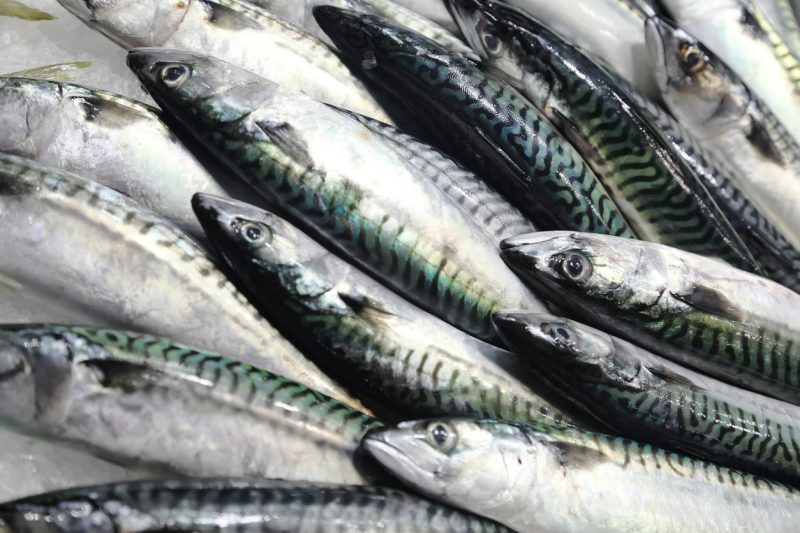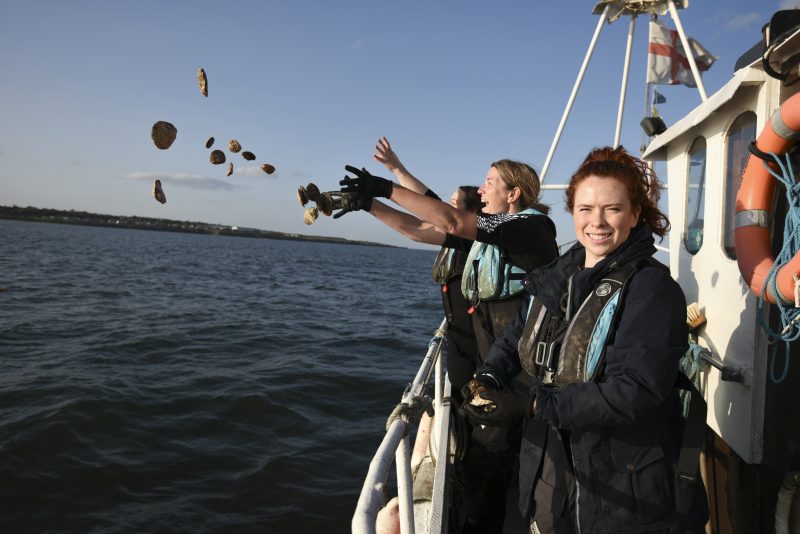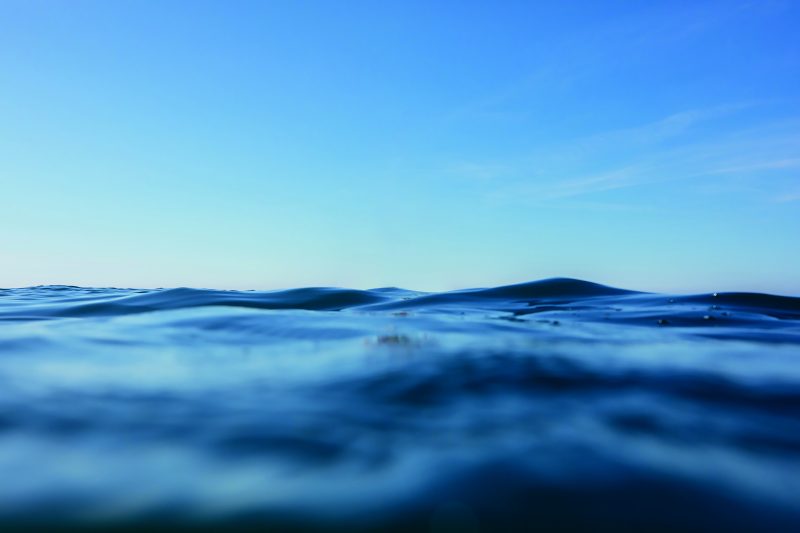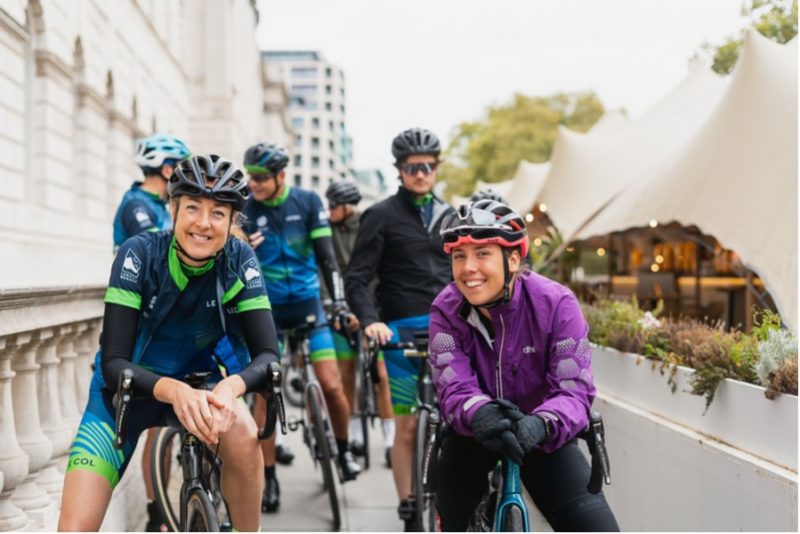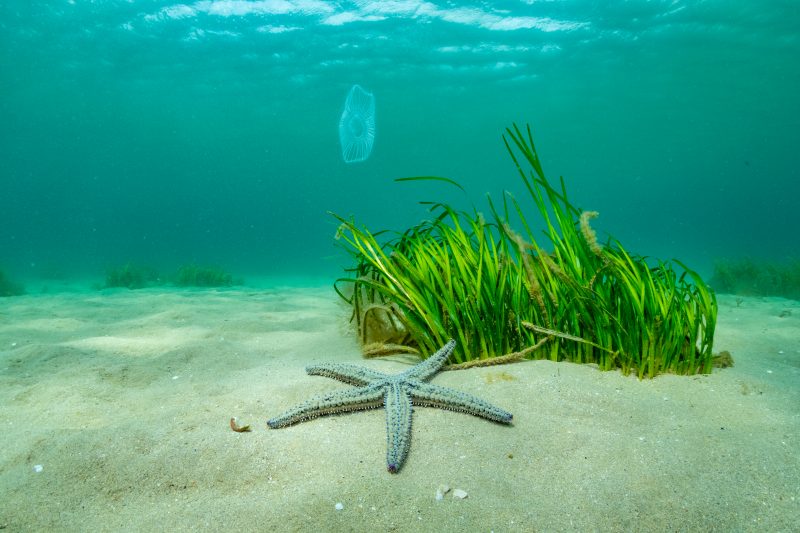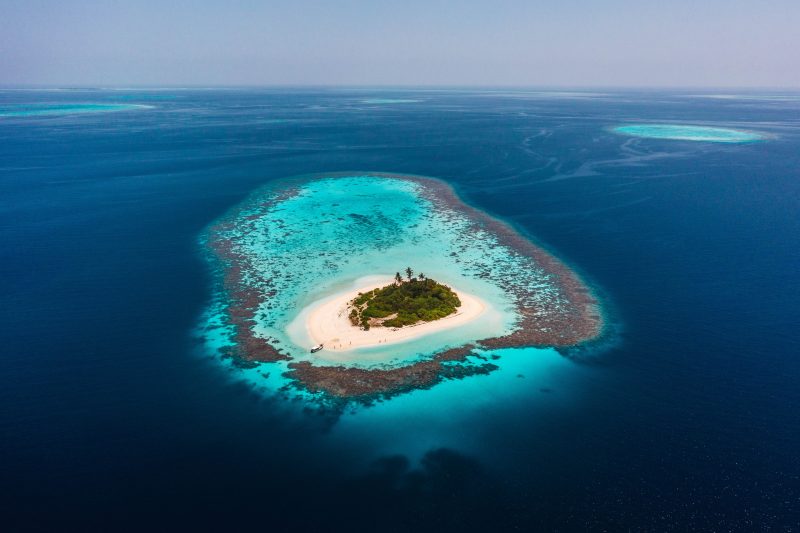Having recently joined Blue – with projects in some of the UK’s most beautiful overseas territories – I thought the world would be my oyster. Little did I know that a month in I would be standing on a marina on the Hamble at 6am in the full darkness of winter with freezing rain already seeping through my ‘waterproofs’ waiting for almost ten thousand of them to be delivered into my care.
Weighing in at an average of 99 grams, the native oyster (Ostrea edulis) is an impressive animal. Capable of filtering 200 litres of water a day and producing millions of larvae, every oyster counts. Fished from remaining wild beds in Langstone Harbour, these oysters are the first batch of a total of ten million that Blue intends to introduce into the Solent over the next five years.
Blue’s ambitious project is using a combination of marinas, seabed sites and ‘ranching’ areas across the Solent as part of a coordinated strategy to restore the native oyster beds.

A European flat oyster (Ostrea edulis) or native oyster (with a sea cucumber perched on top).
Thanks to an unexpected but welcome donation from the Southern Inshore Fisheries and Conservation Authority, we were able to buy 9,000 oysters to place into special cages in pontoons and marinas.
A week later our team of five stood at Hamble Point at one of our partners’, MDL Marinas, locations ready to hang 100 onion bags – 50 oysters in each – under pontoons. During this phase, under constant rain, we learned more about carpentry and DIY than marine conservation. Each screw was individually removed to allow the boards of the pontoon to be lifted and the bags safely laid over the metal support bars.

Blue team: Simon Harding (left), Neville Copperthwaite (middle) and me (right) manage a smile.
The oysters now had to wait for permanent housing while I woke from bad dreams that my knot skills had failed me and the oysters had sunk and been carried away along with any prospect of a once again thriving population. For these oysters were to have a special role in Blue’s project: to spawn in Spring or Summer next year and let the Solent currents reseed areas that have suffered depletion.
To prepare for the next stage 100 tubes were built from ‘specialised’ oyster materials – deer fencing. Volunteers from our partner the University of Portsmouth carried out this activity.

Portsmouth University students beaming after finishing 100 tubes made from deer fencing.
Three weeks later I was back. Accompanying me for this stage of the project were 2,000 newly arrived microreefs. Designed by Jersey Oyster Farm owner Tony Legg, these maximise survival of oysters and allow easy access for research.
With backs still sore from the previous exercise, this time we decided to get wet! We nominated Luke Helmer, PhD student at the University of Portsmouth and lead researcher for oysters at marinas to get in the water and cut the bags free. As you can imagine I was very pleased to be charged with the task of lifting the bags from Luke from a dry, albeit only slightly warmer, position on deck.

Luke Helmer, PhD at University of Portsmouth flashes a smile as he relaxes in his semi dry suit.
Oysters on deck, 20 marine biology students from the University of Portsmouth filled the car park ready to collect and record data. 700 of the 9,000 oysters – the amount needed to establish a healthy sample size for the Langstone population – were weighed and measured. Seven hours later the car park resembled the penguin scene from the latest Planet Earth – a shuffling mass of very cold individuals. I, on the other hand felt great in spite of hanging from the side of the pontoons, semi wet, securing all the bags onto newly installed rings along the sides. Cut to 24 hours later, though, and I was in bed with a fever and cold that would last the weekend.
With microreefs and tubes ready we began the final and most painstaking stage of rehousing the oysters. Over the course of two weeks every one of the 9000 oysters was taken out of its onion bag and placed into its deluxe individual slot in the microreef. As there were only five of us, this meant each one of us carefully placed (or shoved) around 1,800 into their new homes.

The sun was shining but our hands had turned blue with cold.
Having heard so much about the marine life oysters can support I was on the look out for flashes of movement and wriggling as I hauled bag after bag from the water. But I was not prepared for the sheer variety of living creatures that burst from the onion bags as they were ripped open; great entertainment for the team.
Over 36 plants and animals were recorded living on the bags or in amongst the oysters. These included sea anemones, spider crabs, squat lobsters, mussels and sea cucumbers! Oyster beds contribute substantially to inshore shallow biodiversity and provide protection and nursery grounds for juvenile fish and other species – so seeing this much life after only a few weeks in the water is hugely encouraging.
We also saw many slipper limpets – an invasive species which has taken over many parts of the Solent and competes with the oyster for space – attached to the oysters. Part of Blue’s project will explore how these animals are affecting the oysters’ ability to re-colonise the seabed and how we can reduce their dominance.


A squat lobster and spider crab using the oysters for shelter.
Curious passers-by were amazed to hear that not only do oysters filter the water but clean it – removing toxins and pollutants. 10 million oysters can clean the equivalent of 292,000 Olympic swimming pools a year – a huge benefit not only for the life under the waves but also for recreational and commercial users through improved water quality and ecosystem health.
Working as a team we then slotted three stacks of microreefs into the tubes. This work was tedious and fiddly and required dexterous fingers to avoid getting cut or trapped along the way. Tubes filled, the oysters were once again plunged into the water where they will stay, protected, until MDL marinas complete the permanent housings in February 2017.

Luke Helmer, Monica Fabra and me (left) and Zoe Holbrook and Dr. Jo Preston (right) putting oyster filled microreefs into tubes.
As I reflect on my first main piece of project work, and with the smell of oysters still on my skin, the world may not yet be my oyster, but with luck this project will create a new world of oysters in the Solent.

